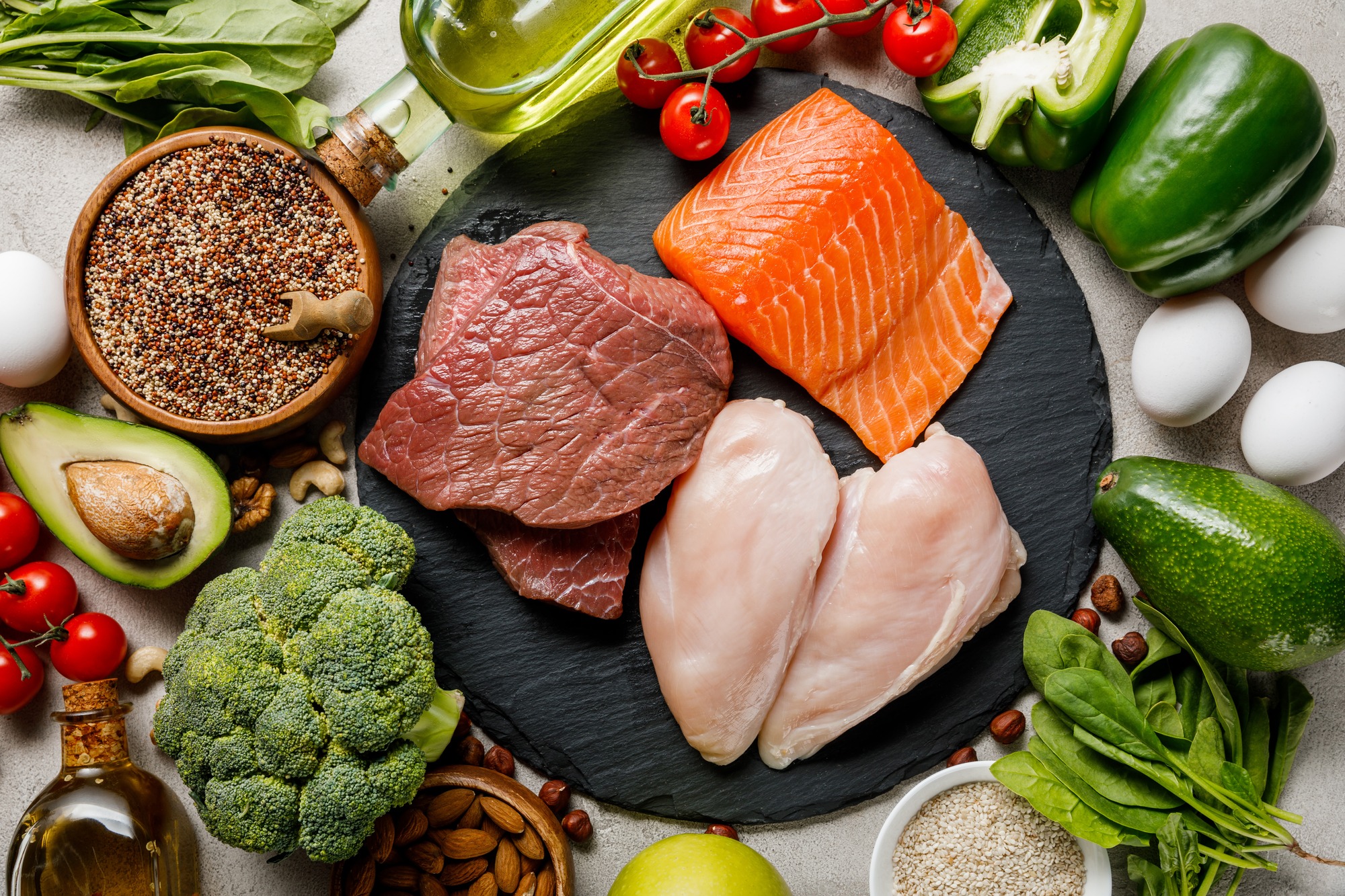Many people are interested in losing weight but aren’t sure how or where to start. While there are hundreds of weight loss programs out there, no single plan works for everyone.
If you’re one of the many who struggles to cut more calories and burn fat, portion control is a great starting point. It isn’t a strict diet, but it is one of the healthy ways of losing weight without starving yourself or limiting your food choices.
This article will discuss why portion control is essential and some tips you can do today to help you get started.
What is Portion Control
Portion control is simply cutting back on your food intake — your portions — so you can lose excess pounds and achieve a healthy weight. And no, it doesn’t involve limiting your food choices. The main goal is to eat exactly how much food your body needs, no more and no less.
By skipping on that mayo dip or cutting out an extra serving of fries, you can significantly reduce your caloric intake for the day. In a well-balanced meal, it is recommended to fill half of your plate with vegetables, a quarter with protein, the remaining with complex carbs, and 1/2 teaspoon of fat.
Why is Portion Control Important
Portion control is an essential part of losing weight because it helps monitor what you eat and how much you eat in one sitting. If done correctly, it can help prevent overeating and curb cravings, which may help with overall weight loss.
Most people take in too many portions of one macro, for instance, carbs, in a meal, which adds up each time. This makes portion control a crucial part of any diet or weight loss program to combat weight gain.
How to Visualize Portion Sizes
Here’s a brief guide to help you estimate and control portion sizes:
1 fruit serving = tennis ball
1 vegetable serving = baseball
1 carbohydrate serving = hockey puck
1 protein serving = deck of cards
1 fat serving = poker chip
As much as possible, try to eat smaller portions of high-calorie foods and a larger portion size of low-calorie foods.

Portion Control for Weight Loss Tips
Opt for a smaller plate
Eating on a large plate can make the food appear smaller, and therefore, fewer. Research suggests that using larger plates and spoons can influence how much a person eats.
The simple shift to using smaller dishes or plates can trick your brain into believing that you’ve eaten enough. That means no more round twos.
Use portion containers
It’s extremely easy to finish a large pack of Doritos in one sitting, but the recommended serving size of most chips sums up to just about 15 pieces. The idea is a bit related to the previous point that people tend to eat more out of big containers than small ones, regardless of taste.
Make sure to pre-measure 1-cup portions of snacks like cereals, chips, pretzels, or crackers. If you don’t have the time to do this, just never eat straight from the bag.
Eat slowly
It’s pretty challenging to get started on this if you’re used to eating fast in an effort to squeeze your meals into your short breaks. By taking smaller bites and enjoying every mouthful, you will feel full without eating too much.
Our brain takes around 20 minutes to register that you are full after eating, so eating slowly can reduce your total food intake. Just give your stomach some time to signal your brain that it’s already full.
Drink more water
Aside from hydrating your body, drinking more water can aid in portion control because it helps you feel fuller. It will help your body distinguish between thirst and hunger, which is quite hard to identify if you’re dehydrated.
Specifically, starting meals with a glass of water may help reduce your food intake and prevent overeating. If you feel hungry after you’ve just eaten, you might just be thirsty, so keep your water bottle handy.
Watch your serving sizes
Most people tend to underestimate the amount of food they have eaten in one sitting. Before you eat, it’s a must to check the nutrition facts or just familiarize yourself with the appropriate serving sizes for different kinds of foods.
Here are the recommended serving sizes for the common food groups:
Fruits = 2 to 4
Vegetables = 3 to 5
Carbohydrates = 6 to 11
Protein = 2 to 3
Fats and Sugars = use sparingly
This is applicable for both when you’re at home and when you eat out as it will help you become more aware of how much you should really eat in a meal. If you’re ordering food outside, ask for a half portion or just split a main dish with a friend.
Avoid drinking your calories
It’s quite easy to be fooled with drinks that may seem healthy but are full of sugars and empty calories without any nutrients. So rather than drinking processed orange juice, which may contain lots of sugars and preservatives, you should drink water or just eat an actual orange if you enjoy the flavor.
As much as possible, stay away from those fancy flavored waters, sodas, and processed fruit juices and just stick with water. That way, you’ll avoid unnecessary calories, sugars, and other artificial ingredients, and you’ll save money too!
Use a food diary
If you’re a complete beginner at measuring your portion sizes, consider using an app on your phone or tablet to help you track your food and total calorie intake. But you can go old school and use an actual notebook and pen to jot down your meal intake.
It can help you become more aware of what and how much food you eat, which can motivate you to make some positive changes to avoid overeating and snacking.
A healthy diet shouldn’t make you feel deprived. Controlling your portion size can help you improve your health without having to give up on certain foods. Remember that the type of food and how much food you eat both matters. It’s possible to feel full with fewer calories.
Make sure to apply the tips we’ve listed above to help you practice mindful eating and lose weight by controlling proper portions. If you need more guidance on how to do these tips, our team at Beltline Health is dedicated to helping individuals who want to lose weight by making lifestyle changes such as diet and physical activity.
Drop by our website today to know more about our program and to speak with one of our health care professionals. For more information, you may call us at (470) 419-4380.




